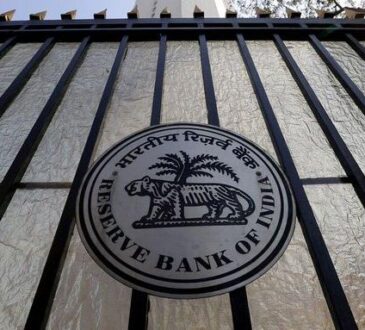
What’s going on here?
The Mexican peso slipped by 0.3% to 18.51 per dollar, amid fears over judicial reform proposals by President-elect Claudia Sheinbaum. This comes as Latin American currencies and regional stock indices face significant pressures.
What does this mean?
President-elect Claudia Sheinbaum’s call for judicial reforms has led to a 9% drop in the peso since her victory earlier this month. The reforms propose electing judges and increasing presidential powers over judicial decisions, raising market alarms. However, despite the political turmoil, the head of Asset Allocation at Legal and General Investment Management (LGIM) suggests limited macroeconomic impact, given the government’s fiscally conservative stance and a hawkish central bank. Broader regional currency weaknesses were compounded by rising US Treasury yields on the back of strong data from New York State factories. The Brazilian real fell 0.8% ahead of an interest rate decision, while the Chilean peso dipped 0.9% due to falling copper prices driven by weak Chinese industrial data. Key regional stock indices, including the MSCI Emerging Markets Index and MSCI Latin America Index, also registered notable declines.
Why should I care?
For markets: Navigating the waters of uncertainty.
The immediate market impacts are palpable as Latin American currencies and stock indices react to localized political and economic developments. Investors should watch for ongoing reactions to Sheinbaum’s judicial reforms and further economic data releases from major trading partners like China and the US, which could influence market dynamics in the near term.
The bigger picture: Global economic shifts on the horizon.
The broad weakening of Latin American currencies against the backdrop of rising US Treasury yields underscores the interconnectedness of global financial markets. These movements highlight how local political developments and international economic signals can combine to create significant regional market shifts. Investors and policymakers alike must stay attuned to these multi-layered influences to navigate future uncertainties.




